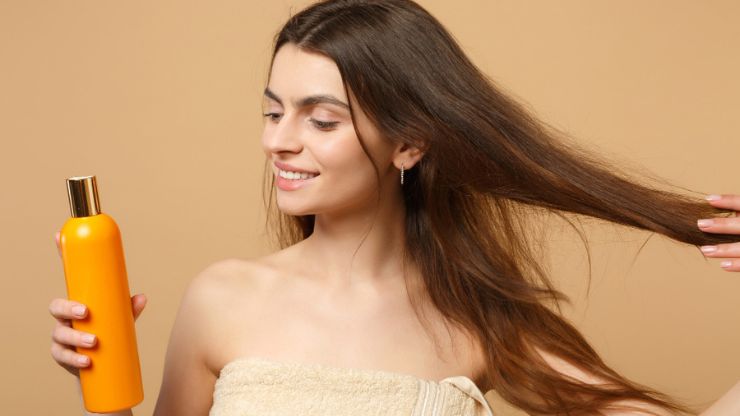Welcome to the essential Beginner’s Hair Care Guide For Men & Women. Starting with the basics, learn the importance of regular trims for healthy hair. Discover gentle cleansing techniques and the power of deep conditioning for nourishment. Embrace heat-free styling to minimize damage and detangle with care to preserve your hair’s integrity. Explore suitable products and the art of protecting hair during styling. Patience is key for growth while understanding FAQs unlocks the secrets of great hair care. This guide is your roadmap to mastering the fundamentals of caring for your hair.
Table of Contents
ToggleThe 8 Best Hair Care Routines for Men
Explore the top 8 hair care routines revealing the secrets behind the stylish French Crop haircuts for men. Uncover the art of precise trimming, tailored to accentuate facial features. Learn the elegance of minimalistic styling and effortless maintenance, emphasizing texture and volume. Discover the perfect product selection and expert tips for creating and sustaining this trendy, versatile haircut. Delve into this guide to master the secrets behind the chic and sophisticated French Crop style for men.
Read Also: 7 Coolest Hairstyles for Square Faces
1. Wash Your Hair Regularly, But Not Too Often

Achieving a balance in hair washing is crucial: while regular cleansing is essential, excessive washing can strip your hair of its natural oils, causing dryness and brittleness. Find the sweet spot that keeps your hair clean without compromising its health. Aim for a washing frequency that suits your hair type; oily hair may benefit from more frequent washing, while drier hair might thrive with less frequent washing to retain its natural oils. Consider using a gentle, sulfate-free shampoo and conditioner to maintain cleanliness while preserving your hair’s moisture and vitality.
2. Apply Conditioner Strategically
Strategically applying conditioner ensures optimal hair nourishment, starting from the ends and working towards the roots. Begin by focusing the conditioner on the mid-lengths and ends of your hair, where it tends to be drier and more prone to damage. Gently massage the conditioner into these areas, allowing it to deeply hydrate and repair. Gradually move upward toward the roots, applying sparingly to avoid weighing down the hair. This technique ensures thorough conditioning while maintaining volume and vitality from root to tip.
3. Thoroughly Rinse with Cool Water
To amplify shine and bolster hair health, finish your hair care routine with a final rinse using cool water. This last step is pivotal as it seals the hair cuticles, imparting a lustrous sheen while fortifying the overall health of your hair. The cool water helps to close the cuticles, preventing moisture loss and enhancing the reflective properties of your strands. Despite its simplicity, this quick rinse packs a substantial punch, leaving your hair looking radiant and feeling healthier.
4. Gentle Towel Drying
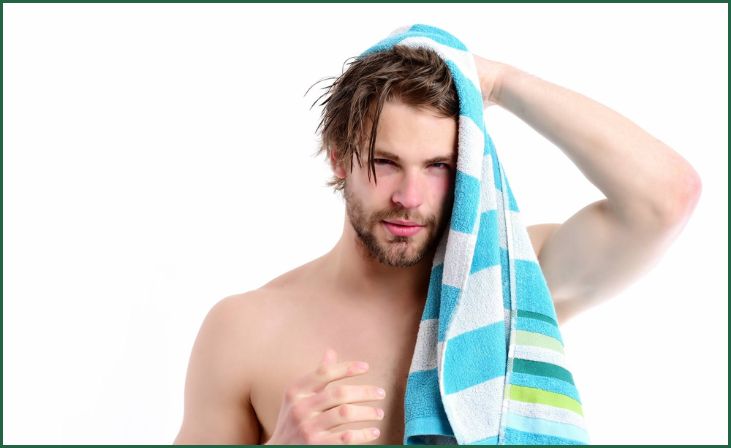
After washing your hair, take care to gently towel dry it, avoiding any aggressive rubbing that could lead to damage. Instead, softly pat or squeeze the excess water out of your hair. Treat each strand with mindfulness and gentleness, as this approach contributes to a more robust and resilient mane. By adopting this delicate drying technique, you minimize stress on your hair fibers, reducing the risk of breakage and promoting overall hair health.
5. Style with a Brush
Perfecting the French Crop, especially its fringe, requires meticulous styling. The fringe is the focal point, and using a brush becomes your key tool for achieving that refined, defining look associated with this haircut. Embrace precision when styling the fringe, utilizing a brush to create the desired shape and texture. Its role in sculpting this haircut ensures a polished finish, emphasizing the sleekness and distinctiveness characteristic of the French Crop style.
6. Opt for Air Drying or Low Heat
Preserving your hair’s health starts with cautious drying methods. Whether air-drying or using a hair dryer, prioritize the lowest heat setting available. High heat is a culprit for potential damage, affecting your hair’s texture and overall well-being. By opting for lower heat, you safeguard your hair’s integrity, reducing the risk of dryness, breakage, and loss of natural shine. This mindful approach to heat styling ensures your hair maintains its vitality and strength in the long run.
7. Choose Hair Products Wisely
Customize your hair care routine with products tailored to your specific hair type. If your hair leans towards dryness, seek out hydrating shampoos and conditioners. These specialized products offer the essential moisture your hair craves, helping to combat dryness and enhance overall hydration. By choosing formulas that cater to your hair’s unique needs, you ensure a nourishing and effective cleansing and conditioning experience, leading to healthier and more manageable locks.
8. Refined Styling with a Comb or Brush
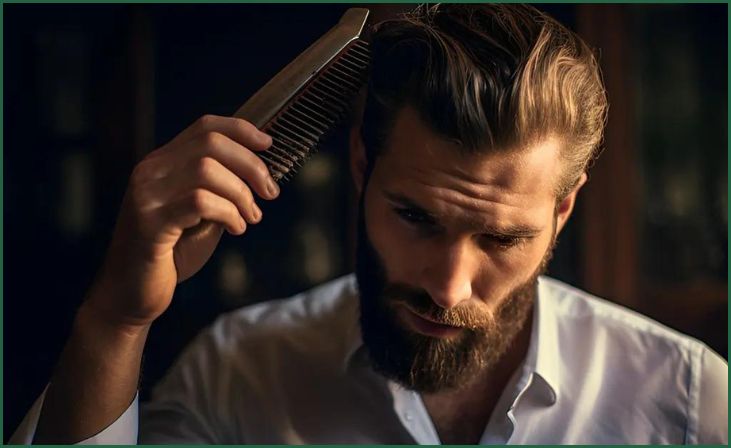
Achieving the pinnacle of the French Crop style requires precision and mastery. Using a comb or brush becomes pivotal in this process, as it significantly influences the haircut’s polished and distinctive appearance. This step holds great significance, allowing you to sculpt and refine the hair to attain the sleekness and distinctiveness characteristic of the French Crop. Embrace this essential step to elevate the style, accentuating its refined and sophisticated allure.
Women’s Complete Hair Care Routine
Your hair is an essential part of your overall appearance, and taking good care of it is crucial for maintaining its health and beauty. A comprehensive hair care routine can help you achieve lustrous, manageable locks. We’ll go over ten crucial measures for a comprehensive hair care regimen designed specifically for ladies in this article.
1. Choosing the Right Shampoo

Start your hair care regimen by choosing a shampoo that is appropriate for your particular hair type and issues. There are shampoos available for various needs, including dry, oily, damaged, or color-treated hair. The right shampoo can make a significant difference in the health and appearance of your hair.
2. Conditioning
Following shampooing, the next crucial step is selecting a conditioner that complements your chosen shampoo. Opt for a conditioner specifically formulated for your hair type and concerns, ensuring it addresses your unique needs. Dispense an appropriate amount of conditioner and start applying it from the mid-lengths of your hair, working your way down to the tips. This targeted application method concentrates the conditioning benefits where they’re most needed, keeping your hair hydrated, soft, and more manageable while reducing the likelihood of tangles and knots.
Don't just scroll, subscribe!
BuzzTrail's unique web-stories are the cure for boredom you've been waiting for.
Allow the conditioner to sit for a few minutes to maximize its effectiveness. During this time, the conditioner penetrates the hair shaft, providing nourishment and moisture to the strands.
3. Proper Washing
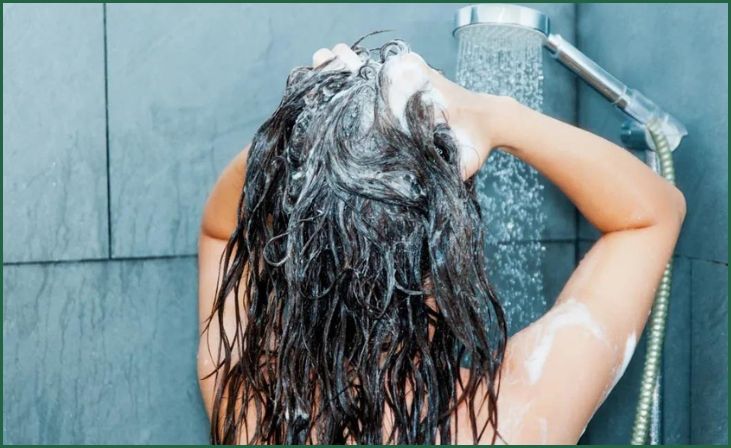
For an effective hair wash, start by thoroughly wetting your hair with lukewarm water. This step allows the water to penetrate your hair strands, making it easier for the shampoo to lather and cleanse effectively. Once wet, apply a dollop of shampoo to your palms and distribute it evenly over your scalp, gently massaging in circular motions. This massaging action helps to dislodge dirt, oil, and product residue, ensuring a thorough cleanse from roots to ends.
After lathering, take a moment to rinse your hair meticulously. It’s crucial to remove all traces of shampoo to prevent any buildup that might weigh down your hair or cause irritation. Rinse until the water runs clear, indicating that all product residue has been thoroughly washed away.
4. Towel Drying
Once you’ve finished washing your hair, delicately pat it with a soft towel to remove excess water. Vigorous rubbing poses a risk of damage and breakage, particularly when your hair is at its most delicate state. Opting for gentle patting minimizes stress on your strands, ensuring they remain resilient and less prone to damage. Treating your hair with care during this post-wash phase helps maintain its strength and health, preserving its natural beauty and vitality.
5. Heat Styling Protection
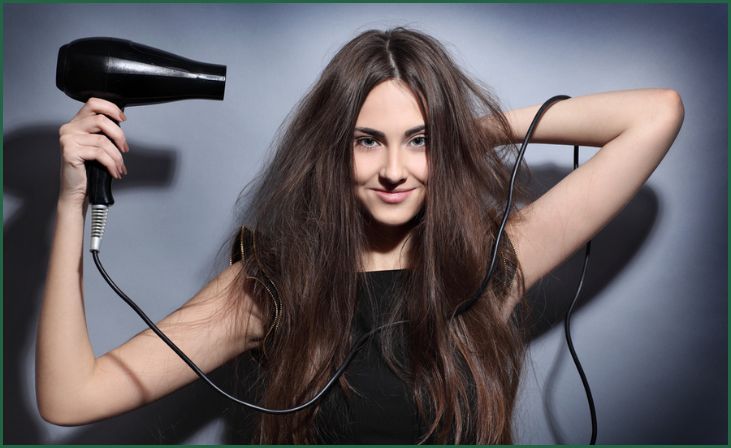
When styling with heat tools, like straighteners or curling irons, incorporating a heat protectant spray is fundamental. This protective shield forms a barrier between your hair and the high temperatures, minimizing potential damage. By applying this essential layer before styling, you create a safeguard for your hair’s health and vitality. This simple yet crucial step preserves the sleekness and overall well-being of your hair, allowing you to enjoy frequent heat styling without compromising its health or appearance.
6. Trim Regularly
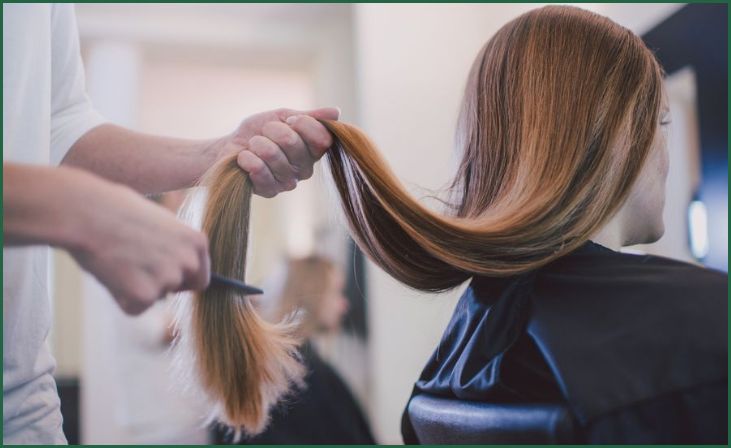
Scheduling regular trims every 6-8 weeks isn’t just a routine task; it’s a vital practice for maintaining healthy, resilient hair. Trimming eliminates split ends, preventing them from traveling further up the hair shaft, which could potentially lead to more significant damage. This consistent trimming regimen not only curtails potential harm but also stimulates robust hair growth. Moreover, it plays a pivotal role in upholding a polished and well-groomed appearance.
Regularly snipping off split ends isn’t merely about aesthetics; it’s a proactive step toward nurturing stronger, more robust hair. This practice aids in preserving the overall health and vitality of your hair, ensuring it stays lively and appealing.
Read Also: Cool Curly Bob Hairstyles: Embrace the Vibe
7. Balanced Diet
Maintaining a balanced diet isn’t just beneficial for overall health; it significantly impacts the condition and vitality of your hair. Proteins play a crucial role in hair growth, so ensure your diet includes protein-rich sources like lean meats, poultry, fish, eggs, and plant-based options such as legumes and tofu. These sources provide essential building blocks for healthy hair, aiding in the formation of keratin, a key hair component.
Omega-3 fatty acids, predominantly found in fish like salmon, mackerel, and sardines, as well as in nuts and seeds like walnuts and flaxseeds, are fantastic allies for your hair. They contribute to scalp health, fostering a nourishing environment for hair follicles and supporting their growth.
8. Deep Conditioning
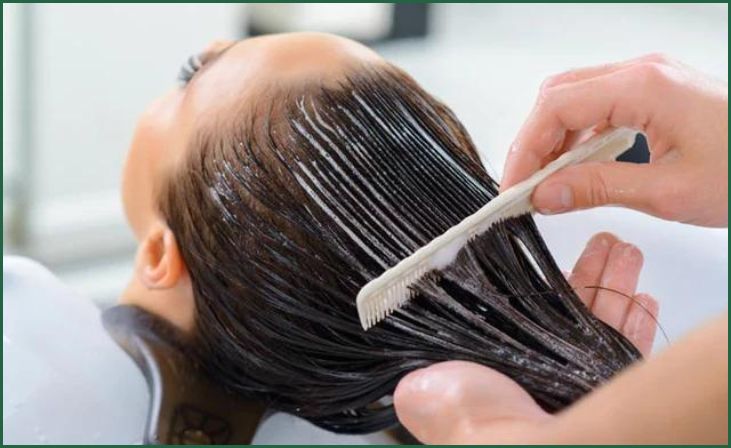
To keep your hair in optimal condition, use a deep conditioner or hair mask at least once a week. This step is particularly beneficial if your hair is damaged, dry, or exposed to harsh environmental factors. Deep conditioning helps nourish and hydrate your hair, leaving it looking and feeling revitalized.
Mastering a comprehensive hair care routine for women involves these 10 steps. From cleansing to styling, each step contributes to vibrant, healthy hair. Tailor products to your hair type, nurture with deep conditioning, and protect against heat. Embrace regular trims, gentle handling, and balanced washing. For more shine, rinse with cool water afterward.
Bottom Line
Starting your hair care journey as a beginner involves mastering the fundamentals. From gentle cleansing to strategic conditioning, understanding your hair’s needs is crucial. Embrace the significance of protective styling and minimal heat exposure. Regular trims and a balanced washing routine contribute to healthy hair. Finish with a cool water rinse for added shine and vitality. With these foundational steps and answers to common queries, beginners can embark on a journey towards vibrant, well-nourished hair.
FAQs
How often should I wash my hair?
How often should I wash my hair?
It depends on your hair type, but generally, washing 2-3 times a week is recommended to maintain natural oils and prevent dryness.
What type of shampoo and conditioner should I use?
What type of shampoo and conditioner should I use?
Choose products suitable for your hair type (oily, dry, curly, etc.) and consider sulfate-free options for gentler cleansing.
Is it necessary to use a heat protectant before styling?
Is it necessary to use a heat protectant before styling?
Yes, using a heat protectant spray or serum is crucial to shield your hair from damage caused by heat styling tools.
How can I prevent split ends?
How can I prevent split ends?
Regular trims every 6-8 weeks help prevent split ends. Also, minimize heat styling and use conditioning treatments.
What’s the best way to air-dry hair without causing damage?
What’s the best way to air-dry hair without causing damage?
Gently squeeze excess water with a microfiber towel, avoid vigorous rubbing, and let your hair air-dry naturally whenever possible.

